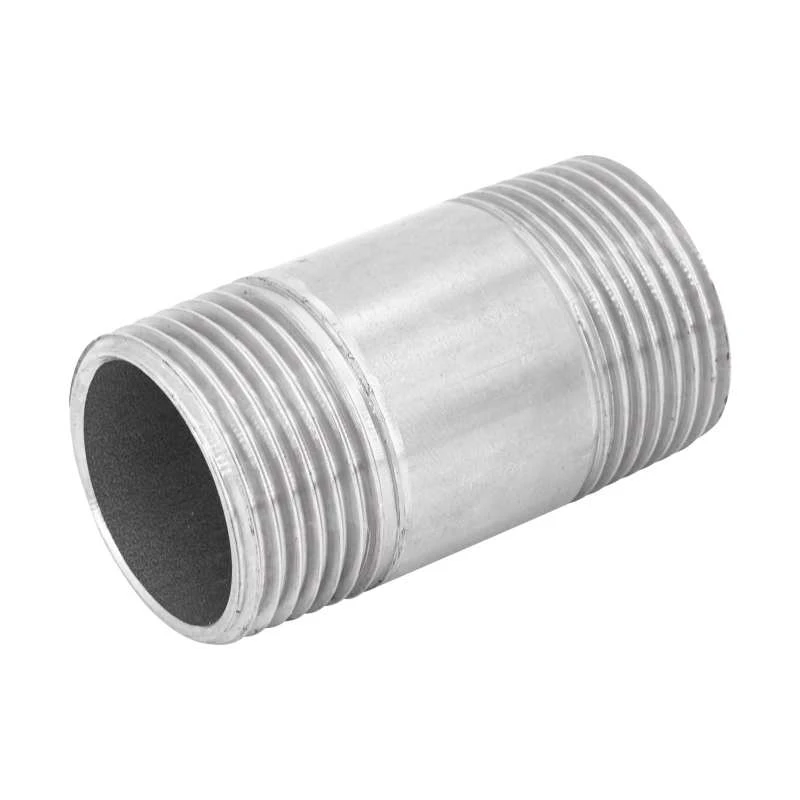-
Cangzhou Yulong Steel Co., Ltd.
-
Phone:
+86 13303177267 -
Email:
admin@ylsteelfittings.com
- English
- Arabic
- Italian
- Spanish
- Portuguese
- German
- kazakh
- Persian
- Greek
- French
- Russian
- Polish
- Thai
- Indonesian
- Vietnamese
- Zulu
- Korean
- Uzbek
- Hindi
- Serbian
- Malay
- Ukrainian
- Gujarati
- Haitian Creole
- hausa
- hawaiian
- Hebrew
- Miao
- Hungarian
- Icelandic
- igbo
- irish
- Japanese
- Javanese
- Kannada
- Khmer
- Rwandese
- Afrikaans
- Albanian
- Amharic
- Armenian
- Azerbaijani
- Basque
- Belarusian
- Bengali
- Bosnian
- Bulgarian
- Catalan
- Cebuano
- China
- China (Taiwan)
- Corsican
- Croatian
- Czech
- Danish
- Esperanto
- Estonian
- Finnish
- Frisian
- Galician
- Georgian
- Kurdish
- Kyrgyz
- Lao
- Latin
- Latvian
- Lithuanian
- Luxembourgish
- Macedonian
- Malgashi
- Malayalam
- Maltese
- Maori
- Marathi
- Mongolian
- Myanmar
- Nepali
- Norwegian
- Norwegian
- Occitan
- Pashto
- Dutch
- Punjabi
- Romanian
- Samoan
- Scottish Gaelic
- Sesotho
- Shona
- Sindhi
- Sinhala
- Slovak
- Slovenian
- Somali
- Sundanese
- Swahili
- Swedish
- Tagalog
- Tajik
- Tamil
- Tatar
- Telugu
- Turkish
- Turkmen
- Urdu
- Uighur
- Welsh
- Bantu
- Yiddish
- Yoruba

Sep . 08, 2024 15:17 Back to list
seamless pipe welding
Seamless Pipe Welding Techniques and Applications
Seamless pipes are vital components in various industrial applications, such as oil and gas, chemical processing, and power generation. Unlike welded pipes, seamless pipes are manufactured without any joints, ensuring enhanced strength and durability. However, the integrity of these pipes relies heavily on the quality of welding performed when connecting them to other sections in a pipeline or system.
Welding seamless pipes presents unique challenges and requires specialized techniques. The fundamental objective is to achieve a strong, leak-proof joint that withstands high pressures and extreme temperatures. Various welding methods can be employed, including TIG (Tungsten Inert Gas) welding, MIG (Metal Inert Gas) welding, and SMAW (Shielded Metal Arc Welding). Each method has its advantages, depending on the material specifications and application needs.
TIG welding is favored for its precision and ability to produce high-quality welds. It utilizes a non-consumable tungsten electrode, allowing for focused heat input. This method is particularly effective for thinner seamless pipes where avoiding warping is crucial. MIG welding, on the other hand, is more suitable for thicker materials and can weld much faster than TIG, making it ideal for large-scale projects. SMAW is often used in field applications due to its portability and versatility.
seamless pipe welding

The selection of filler material is equally important in seamless pipe welding. The filler must be compatible with the base metals to ensure a strong metallurgical bond. Proper preparation of the pipe edges is essential; beveled or square-edged preparations are common to optimize the weld penetration and ensure a strong bond.
Another critical aspect is the maintenance of proper temperature and preheating conditions during the welding process. The presence of moisture or contamination on the surface can lead to weld defects, compromising the integrity of the joint. Therefore, thorough cleaning and preheating are required to minimize these risks.
Inspection and testing are crucial after welding seamless pipes. Non-destructive testing methods, such as ultrasonic testing or radiography, can identify any defects without damaging the pipe. Regular inspections ensure that the welds conform to industry standards and can withstand operational stresses.
In conclusion, seamless pipe welding is a complex yet essential task in various industries. The choice of welding technique, filler material, and post-weld inspection plays a critical role in determining the quality and longevity of the welds. As industries continue to evolve and push the limits of technology, ensuring the reliability of seamless pipe systems remains paramount for operational success and safety.
Latest news
-
ANSI 150P SS304 SO FLANGE
NewsFeb.14,2025
-
ASTM A333GR6 STEEL PIPE
NewsJan.20,2025
-
ANSI B16.5 WELDING NECK FLANGE
NewsJan.15,2026
-
ANSI B16.5 SLIP-ON FLANGE
NewsApr.19,2024
-
SABS 1123 FLANGE
NewsJan.15,2025
-
DIN86044 PLATE FLANGE
NewsApr.19,2024
-
DIN2527 BLIND FLANGE
NewsApr.12,2024
-
JIS B2311 Butt-Welding Fittings LR/SR 45°/90° /180°Seamless/Weld
NewsApr.23,2024











